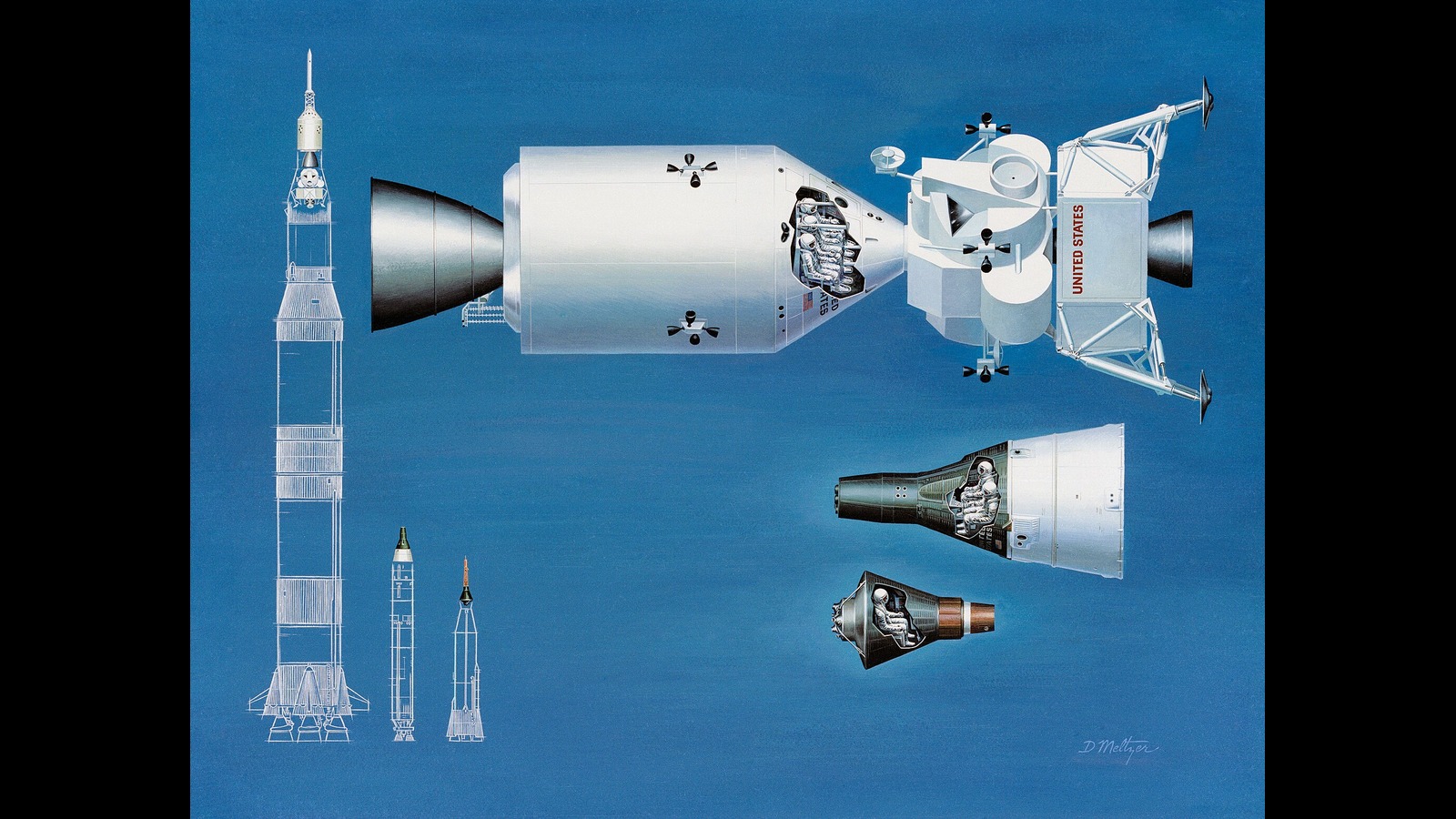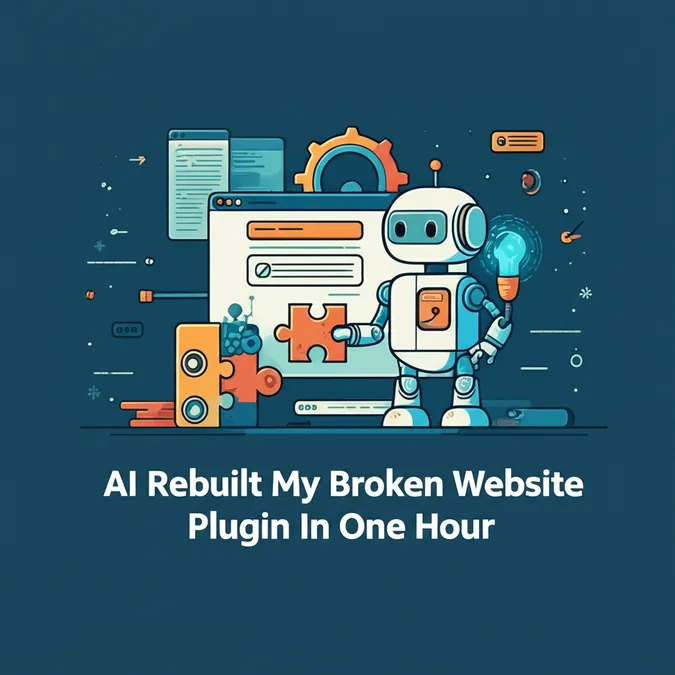Developer Offer
Try ImaginePro API with 50 Free Credits
Build and ship AI-powered visuals with Midjourney, Flux, and more — free credits refresh every month.
AI Pilots a Spaceship With Surprising Success
When researchers gave ChatGPT its first mission briefing, "You operate as an autonomous agent controlling a pursuit spacecraft," they were not sure what to expect. To their astonishment, the large language model (LLM) performed admirably, piloting a simulated spacecraft to a second-place finish in a competitive challenge.

The Need for Autonomous Astronauts
For years, scientists have pursued the development of autonomous systems for navigating spacecraft and controlling satellites. The reasons are practical and pressing. With the number of satellites in orbit growing exponentially, it's becoming impossible for humans to manage them all manually. For deep-space exploration, the problem is even more fundamental; the immense distances mean the speed of light imposes significant communication delays, making real-time remote control from Earth a non-starter.
If humanity is to truly expand its reach into the cosmos, we need to empower our robotic explorers to think for themselves.
A New Kind of Pilot in a Virtual Cockpit
To spur innovation in this field, aeronautics researchers established the Kerbal Space Program Differential Game Challenge. Using the popular Kerbal Space Program video game as a foundation, this challenge offers a realistic sandbox for teams to test and refine autonomous systems in scenarios like intercepting a target satellite or evading detection.
In a paper set for publication, an international research team described their unique contender: a commercially available LLM like ChatGPT. The team chose this path because traditional autonomous models require long cycles of training and refinement. The Kerbal challenge missions, designed to be realistic, last only a few hours, making this approach impractical. LLMs, pre-trained on vast datasets of human writing, can often be adapted to new tasks with just a few carefully crafted prompts.
From Text Prompt to Thruster Fire
The team's core innovation was a system that could translate a spacecraft's status and goals into a text-based prompt for the LLM. After processing the prompt, the AI would offer recommendations on how to orient and maneuver the ship. A custom-built translation layer then converted the LLM's text response back into functional code that could operate the simulated vehicle's controls.
With just a small set of prompts and some fine-tuning, the researchers had ChatGPT successfully completing many of the competition's tests. The AI-powered pilot ultimately placed second in a recent contest, a remarkable achievement for an off-the-shelf model. First place was awarded to a more traditional model based on differential equations.
The Future of AI in Space and Lingering Challenges
Remarkably, all of this was accomplished using a version of ChatGPT that predates the more powerful GPT-4. While there is still a great deal of work to be done, the results highlight the immense potential of LLMs in unexpected fields.
The most significant hurdle to overcome before real-world deployment is the problem of AI "hallucinations". An unwanted or nonsensical output from the AI could be disastrous in a mission-critical scenario. However, this early success shows that the vast knowledge absorbed by these models can be applied in powerful ways, bringing an era of autonomous space exploration closer to reality.
Compare Plans & Pricing
Find the plan that matches your workload and unlock full access to ImaginePro.
| Plan | Price | Highlights |
|---|---|---|
| Standard | $8 / month |
|
| Premium | $20 / month |
|
Need custom terms? Talk to us to tailor credits, rate limits, or deployment options.
View All Pricing Details

